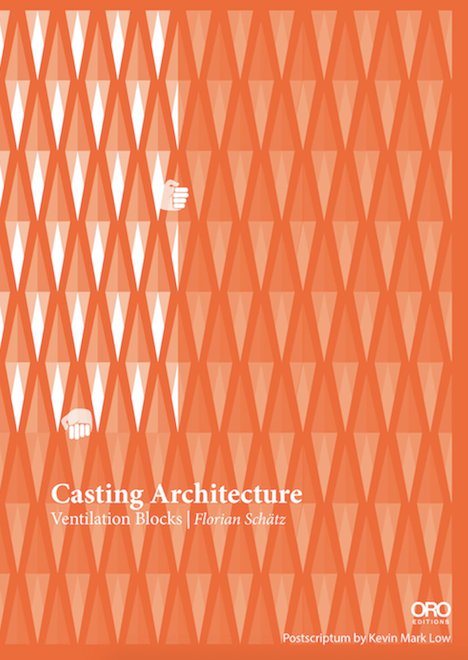Sarah Oppenheimer studied painting at Yale, where she received her M.F.A. in 1999, but, over the last decade, architecture has been her canvas and medium. Oppenheimer manipulates existing architectural spaces, distorting our perception of an interior’s geometry and programmatic logic. “I felt very trapped by the historical constraint and the limited range of moves that seemed possible within painting,” says Oppenheimer. “One way [painting] felt constraining was the relationship of object to image.” Striving to break free from that constraint — and upend the conventions of representation —led her to an interest in problems of navigation and rethinking architectural spaces: “I’m really excited about the idea of intervening in that logic,” and therefore drawing attention to it, she says. For her latest installation, 33-D, in the Kunsthaus Baselland in Muttenz, Switzerland, through September 7, the Texas-born, New York–based artist studied the gallery’s structural grid, light, and progression of rooms. She made two incisions in the walls and inserted large trapezoidal panes of low-E glass at 45-degree angles. The glass reflects and extends the space, and openings in the walls invite visitors to pass through them, further distorting the rationality of the white-cube galleries. While each of Oppenheimer’s installations responds to its locale, she resists calling her work site-specific. Instead she has developed her own empirical models (using variables such as distance and direction) that give her a “scaffold” for each project, no matter where it is. “Because [architecture] wasn’t the field I was trained in, it’s a huge body of knowledge that remains fascinating and rich,” says Oppenheimer. Her work is embedded in architectural history but not nostalgic for it.
Sarah Oppenheimer

Kunsthaus Baselland, Muttenz, Switzerland
33-D, 2014
Photo © Serge Hasenb'ehler

Kunsthaus Baselland, Muttenz, Switzerland
33-D, 2014
Photo © Serge Hasenb'ehler

Kunsthaus Baselland, Muttenz, Switzerland
33-D, 2014
Photo © Serge Hasenb'ehler

Kunsthaus Baselland, Muttenz, Switzerland
33-D, 2014
Photo © Serge Hasenb'ehler

Kunsthaus Baselland, Muttenz, Switzerland
33-D, 2014
Photo © Serge Hasenb'ehler





